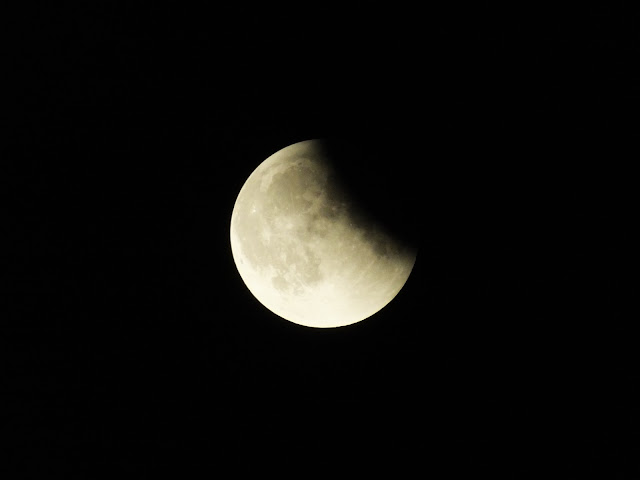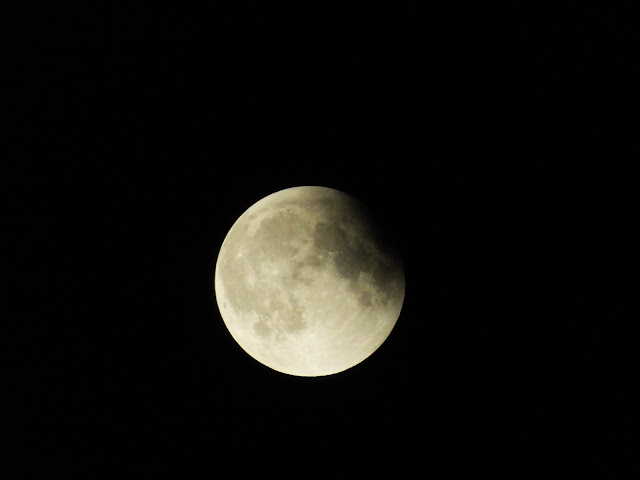With gull season slowly heating up, I've been impatient to get out and spend some quality time with some larids. Unfortunately school has kept me too busy to do much birding, but I have gotten around reviewing some of our gull photos from last winter.
I meant to post a summary of the gulls we saw
last year, but seeing that didn't happen I guess I'll whack out a quick post detailing the hybrid gulls we found.
I was watching gulls at the sandpit on January 22 when I saw this gull
whip by. I looked up, thought "Oh, just another Thayer's" and shot a
quick pic. Glancing at the back of the camera I thought it looked a
little odd, but promptly forgot about it...
Until, on the 20th of February Bryant and Andrew came upon this gull at the landfill. From their photos, I immediately recognized it as either the same bird I had seen or a nearly identical individual. With their much better photos it seems clear that this is a "Nelson's" Gull, a hybrid between Glaucous and Herring Gulls
 |
| Photo by Andrew |
The unique primary pattern, with P8-P10 "slatyish" nearly to the base but P7 mostly pale was the first thing I noticed. This is quite different from both Herring and Thayer's, but apparently standard for a 4th-cycle "Nelson's."
 |
| Photo by Andrew |
Note the short primary projection, large, blocky head, high eye-placement, and thick bill, all pointing to Glaucous influence
 |
This great comparison shot shows the large size and paler mantle color of the hybrid well in comparison with Ring-billed and Herring.
Photo by Andrew |
In retrospect it seems pretty obvious, and I'm surprised I didn't notice it in the field.
Andrew was gull-watching on the 3rd of February when he spotted this unusual gull. He sent to a few gull authorities who agreed that it was a "Cook Inlet" Gull, a Glaucous-winged X Herring Gull hybrid.
Andrew also found this gull which didn't seem to tick all the boxes for any particular species. Our best guess is that this is another "Cook Inlet" Gull. This hybrid, originating in the Cook Inlet area of Alaska, has rarely been sighted east of the Rockies, and this seems to the first record of this hybid in Kansas.
Anyway, hopefully we will get some good northern gulls here soon. So far this winter we have only found a few Thayer's and Lesser Black-backed.
Joseph
























































